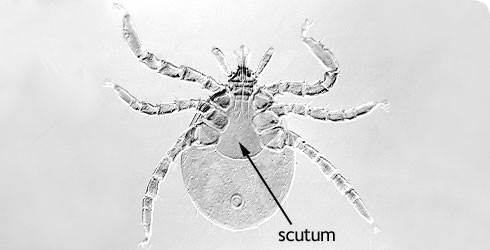Distribution and habitat
Distribution
This species of tick can be found through much of the western Palaearctic region:
- Iceland marks its northern and western limits
- the Atlas Mountains over to northern Iran its southern limit
- western Russia marks its eastern limit
Habitat and hosts
Many species of wild and domesticated vertebrates are parasitized, although rarely bats. Humans can also be hosts.
Females, nymphs and larvae prefer medium-sized to large mammals such as sheep, cattle, deer and dogs. Nymphs and larvae predominate on small mammals (stoats and smaller), most birds and reptiles.
Egg-laying and development between life stages occur off the host. Ticks are prone to desiccation and require habitats with a thick mat of moisture-retaining vegetation and plant litter near the ground.
Rough pasture, moorland and heathland are typical tick habitats.
